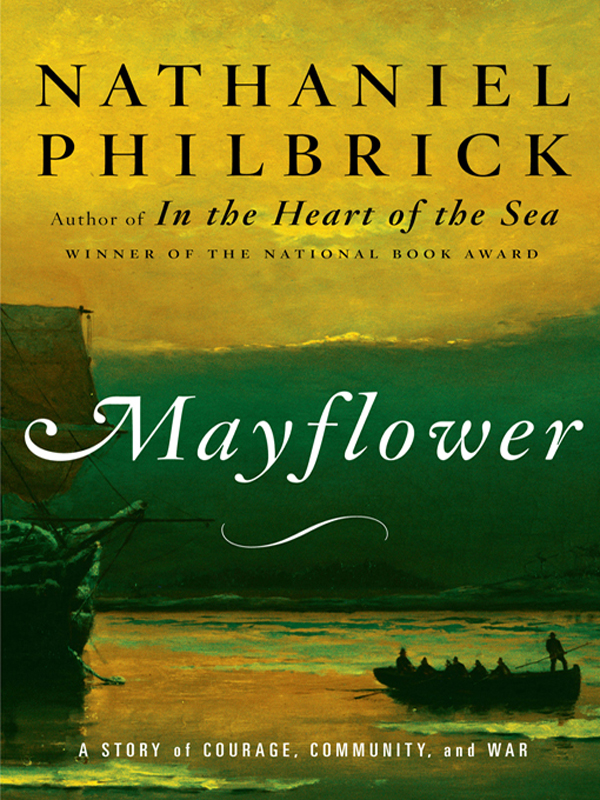
Mayflower PDF
Preview Mayflower
From the perilous ocean crossing to the shared bounty of the first Thanksgiving, the Pilgrim settlement of New England has become enshrined as our most sacred national myth. Yet, as bestselling author Nathaniel Philbrick reveals in his spellbinding new book, the true story of the Pilgrims is much more than the well-known tale of piety and sacrifice; it is a fifty-five-year epic that is at once tragic, heroic, exhilarating, and profound. The Mayflower's religious refugees arrived in Plymouth Harbor during a period of crisis for Native Americans as disease spread by European fishermen devastated their populations. Initially the two groups - the Wampanoags, under the charismatic and calculating chief Massasoit, and the Pilgrims, whose pugnacious military officer Miles Standish was barely five feet tall - maintained a fragile working relationship. But within decades, New England would erupt into King Philip's War, a savagely bloody conflict that nearly wiped out English colonists and natives alike and forever altered the face of the fledgling colonies and the country that would grow from them. With towering figures like William Bradford and the distinctly American hero Benjamin Church at the center of his narrative, Philbrick has fashioned a fresh and compelling portrait of the dawn of American history-a history dominated right from the start by issues of race, violence, and religion. For sixty-five days, the Mayflower had blundered her way through storms and headwinds, her bottom a shaggy pelt of seaweed and barnacles, her leaky decks spewing salt walter onto her passengers' devoted heads. There were 102 of them - 104 if you counted the two dogs; a spaniel and a giant, slobbery mastiff . They were a most unusual group of colonists. Instead of noblemen, craftsmen, and servants - the types of people who had founded Jamestown in Virginia - these were, for the most part, families; men, women, and children who were willing to endure almost anything if it meant they could worship as they pleased . It was a stunningly audacious proposition. With the exception of Jamestown, all other attempts to establish a permanent English settlement on the North American continent had so far failed. And Jamestown, founded in 1607, could hardly be counted a success . Between 1619 and 1622, the Virginia Company would send close to 3,600 settlers to the colony; over that three-year period, 3,000 would die. In addition to starvation and disease, there was the threat of Indian attack. At the university library in Leiden [the town in Holland where the Puritans had lived] were sensational accounts left by earlier explorers and settlers, telling how the Indians "delight to torment men in the most bloody manner that may be; flaying some alive with the shells of fishes, cutting off the members and joints of others by piecemeal and broiling on the coals." How could parents willingly subject their children to the risk of such a fate? In the end, all arguments for and against emigrating to America ended with the conviction that God wanted them to go.
